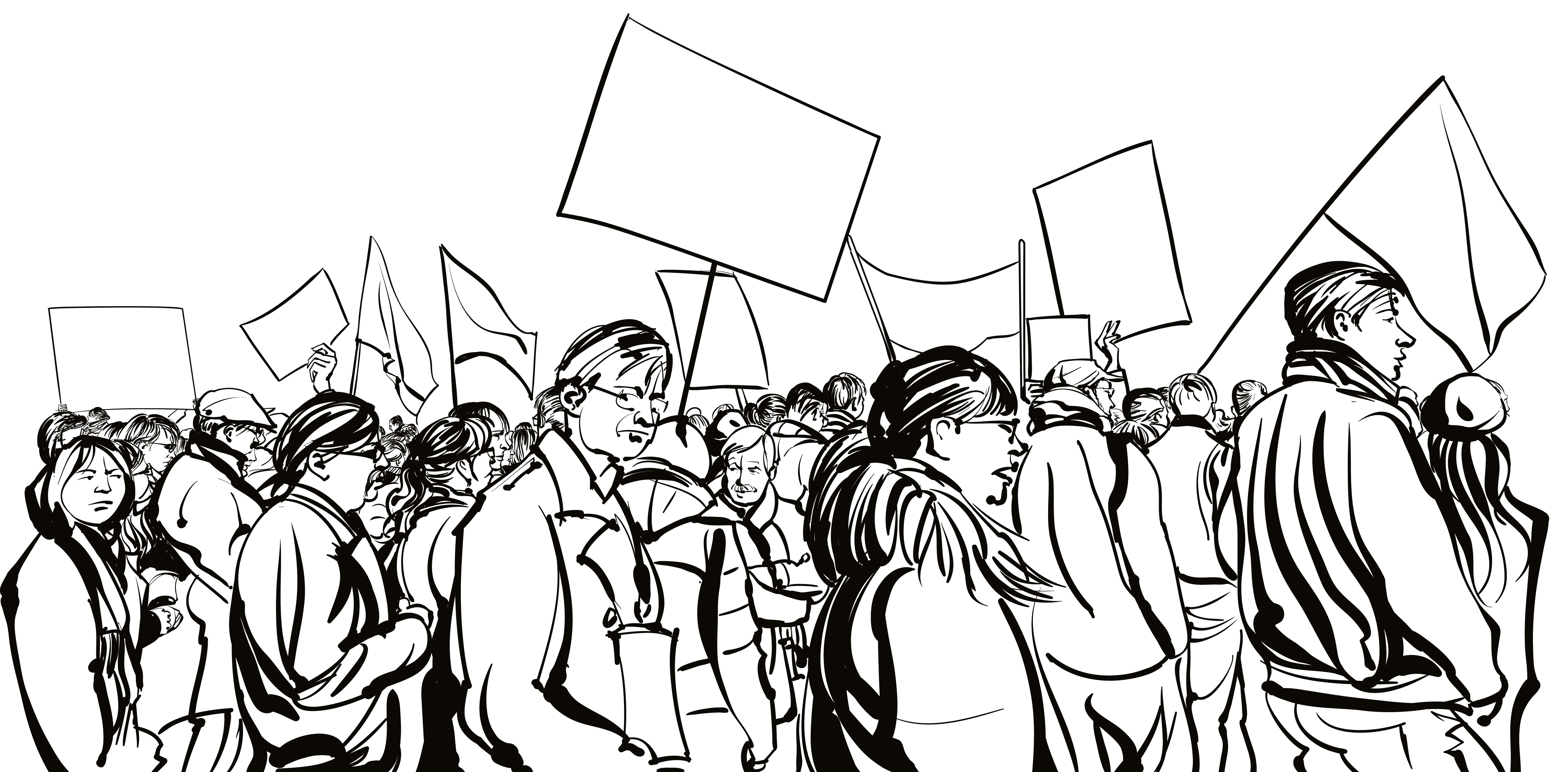For business leaders and owners it’s a perfect storm. A new administration and leadership at the NLRB signals a changing climate for unions – one expected to shift or even reverse decades of pro-union regulations. At the same time, a rallying cry around injustice on both sides of the political aisle has transformed social media from a tactical tool to a powerful megaphone that can disrupt or permanently damage a company’s reputation in a matter of seconds.
Union leaders are on high-alert – and are eyeing social media as a driving force for their own movement, one designed to inspire, engage and build union membership nationwide. More than ever, employers will need to commit to a pro-active internal communications campaign that promotes transparency and dedication to a fair and equitable workplace.
“In a hyper-competitive market, if unions can cause a tiny fraction of sales to fall for one company, and rise for another, this might give us the leverage that we never had in the past,” Eric Lee, author of The Labour Movement and the Internet, said during an International Labour Organization event this month. “Beyond using our power as consumers to reward and punish companies, we can be inspired by … Occupy and other movements and consider using online campaigns not only to apply pressure but as a tool to bring people to the streets … the result will be more powerful and effective trade unions.”
For now, any anticipated changes from the NLRB are based on perception and conjecture. Despite the naming of Philip Miscimarra to acting chair of the NLRB, Democrats hold the majority – a power position not expected to flip until later this year when two vacancies are filled by Republican nominees.
While unions may be feeling the pressure of a new regime, “it’s probably unlikely that there will be a radical change in NLRB regulations,” says Anthony D. Rizzotti, co-chair of Littler’s Healthcare Industry Group. “But there will be a slow shift towards the middle, with more extreme changes over time.”
In the meantime, unions aren’t exactly fading into the background. “Unions may actually be more energized by what they see and be more vocal about changes and challenges,” Rizzotti said.
Social media campaigns, protected union activity under current NRLB regulations, may be much more visible in the months and years ahead.
“When people see [personal] stories, they get inspired,” Stuart Appelbaum, president of the largest retailer union in the country said in a recent interview. “They want to be involved. I’m optimistic that we have more of an opportunity now than we ever had before to explain to people why they need to come together collectively.”
Employees join unions because of their dissatisfaction and a belief that a union can make the workplace better, according to the Society for Human Resource Management. Hot-button issues that often tip the balance include wage and benefits or what may be perceived to be an unfair workplace.
A pro-active employee communications plan can help ensure that employee satisfaction remains high, leaving little room for the dissent and despair that typically opens the door to union organizing. A risk analysis can help you identify possible areas of vulnerability. Positioning these issues in a positive and proactive way should be the key goal of any communications campaign effort. Employers should focus on:
- Proactively sharing information about policies and benefits
- Committing to regular HR training to ensure a fair and equitable workplace
- Highlighting a positive and supportive workplace environment
- Two-way communication with employees so that they feel heard, validated and responded to
- Highlighting employee success stories, particularly when they demonstrate internal growth and recognition by senior leadership
Make a continual commitment to bolstering your company’s social media channels so that they reflect the company’s mission and values, and serve as a real-time testament that can combat an organizing campaign. Social media listening tools can also be helpful in monitoring conversations – on your platforms and others – automatically alerting you to a growing negative sentiment.
At all times, be fully prepared to respond publicly or on social media to any issues raised by union leaders or the issue of unionization in general. A commitment to a fair and equitable workplace that treats employees with respect and transparency is often the best defense against a unionizing campaign.
By Diana Pisciotta
As president of Denterlein, Diana Pisciotta provides high-level guidance to C-suite leaders, particularly during highly-sensitive crisis situations. From cyber security breaches and regulatory investigations to patient deaths and labor negotiations, Diana is a trusted advisor to the most recognized companies and nonprofits in New England. A regular speaker and writer on crisis communications, she leads workshops and spokesperson trainings for companies and non-profits of all sizes.

